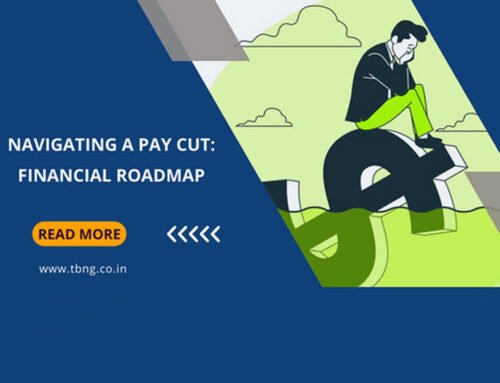The equity market can be considered one of the greatest teachers of life. It is a rewarding marketplace that goes beyond making profits; rather it enroots the meaning of success and failure in one’s life. However, behavioral biases are like hurdles that an investor needs to jump over to finish the financial freedom race. One such bias, loss aversion is the reluctance and fear of making losses.
Let’s understand this bias with the help of two scenarios.
Scenario 1: Shilpa is given Rs 1,000 on the following conditions:
- Guaranteed win of Rs 500.
- On flipping a coin, if it is heads, Shilpa wins Rs 1,000 and if it’s tails, she receives nothing.
Scenario 2: Shilpa is given Rs 2,000 on the following conditions:
- Guaranteed loss of Rs 500.
- On flipping a coin, if its head, Shilpa receives nothing, however if its tails, she loses Rs 1,000.
Based on researches conducted, in the above example, Shilpa would choose option I in scenario 1 and option II in scenario 2. When she is confronted with a definitive gain she becomes conservative, whereas when facing upfront loss, she will tend to take higher risk. This is because the pain of loss is far more than the pleasure of gains.
Conclusion
The idea that investors are not risk averse but loss averse is one of the main tenets of behavioral finance. The emotion of fear leads to irrationality which further leads to loss aversion. It not only makes an investor anxious but also destroys long-term wealth creation.






